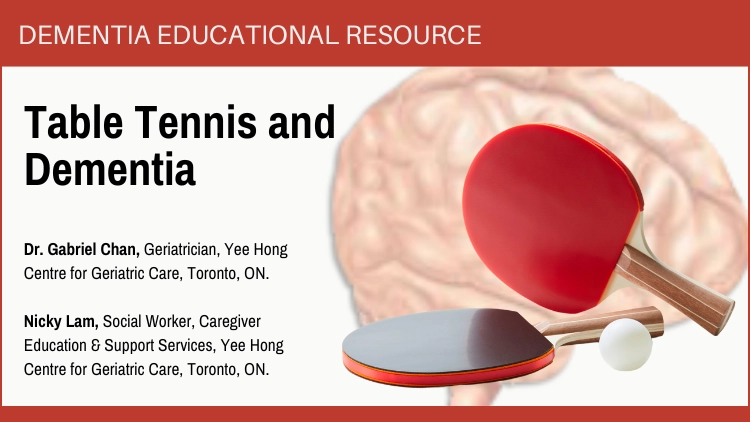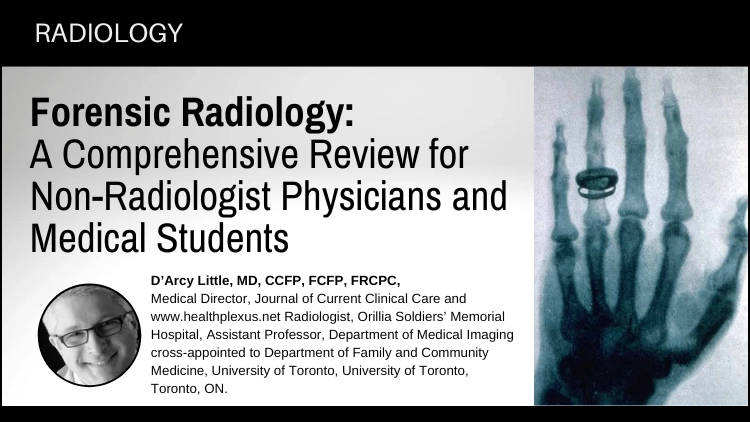
Zinc is one of the essential micronutrients and has an important role in the maintenance of human health.
MD, FRCPC, FACP, AGSF

Depression is a common sequela of stroke, occurring in approximately 33% of all patients.
Advertisement
Africa, with its many countries and ethnic groups, has a population of 800 million people and the highest rate of growth of the older adult population in the world.
Podcasts
Visual Aids
Recent Comments
-
There’s a lot to learn for
-
Papillary Thyroid Cancer
-
Re: UTI and Confusion
-
UTI and Confusion
-
AI is it for me to use for my patients ??
-
very comprehensive review
-
Thanks Great presentation
-
Great learning opportunity
-
Thank you for this summary
-
Good question! There are no
more














